Tag: mortar (13 inch)
 Wikipedia says: A mortar is… muzzle-loaded weapon, consisting of a smooth-bore… They launch explosive shells (technically called bombs) in high-arcing ballistic trajectories. Mortars are typically used as indirect fire weapons for close fire support with a variety of ammunition.
Wikipedia says: A mortar is… muzzle-loaded weapon, consisting of a smooth-bore… They launch explosive shells (technically called bombs) in high-arcing ballistic trajectories. Mortars are typically used as indirect fire weapons for close fire support with a variety of ammunition.
Mortars have been used for hundreds of years. The earliest mortars were used in Korea in a 1413 naval battle when Korean gunsmiths developed the wan’gu (gourd-shaped mortar). The earliest version of the wan’gu dates back to 1407. Choi Hae-san (1380–1443), the son of Choe Mu-seon (1325–1395), is generally credited with inventing the wan’gu. The first use in siege warfare was at the 1453 siege of Constantinople by Mehmed the Conqueror. An Italian account of the 1456 siege of Belgrade by Giovanni da Tagliacozzo states that the Ottoman Turks used seven mortars that fired “stone shots one Italian mile high”. The time of flight of these was apparently long enough that casualties could be avoided by posting observers to give warning of their trajectories.
Early mortars, such as the Pumhart von Steyr, were large and heavy and could not be easily transported. Simply made, these weapons were no more than iron bowls reminiscent of the kitchen and apothecary mortars whence they drew their name. An early transportable mortar was invented by Baron Menno van Coehoorn in 1701. This mortar fired an exploding shell, which had a fuse that was lit by the hot gases when fired. The Coehorn mortar gained quick popularity, necessitating a new form of naval ship, the bomb vessel. Mortars played a significant role in the Venetian conquest of Morea, and in the course of this campaign an ammunition depot in the Parthenon was blown up. An early use of these more mobile mortars as field artillery (rather than siege artillery) was by British forces in the suppression of the Jacobite rising of 1719 at the Battle of Glen Shiel. High angle trajectory mortars held a great advantage over standard field guns in the rough terrain of the West Highlands of Scotland.
The mortar had fallen out of general use in Europe by the Napoleonic era, although Manby Mortars were widely used on the coast to launch lines to ships in distress, and interest in their use as a weapon was not revived until the beginning of the 20th century. Mortars were heavily used by both sides during the American Civil War. At the Siege of Vicksburg, General Ulysses S. Grant reported making mortars “by taking logs of the toughest wood that could be found, boring them out for six- or twelve-pound shells and binding them with strong iron bands. These answered as Coehorns, and shells were successfully thrown from them into the trenches of the enemy”.
From the 17th to the mid 20th century, very heavy, relatively immobile siege mortars were used, of up to one metre calibre, often made of cast iron and with an outside barrel diameter many times that of the bore diameter. An early example was Roaring Meg, with a 15.5-inch (390 mm) barrel diameter and firing a 220 lb (100 kg) hollow ball filled with gunpowder and used during the English Civil War in 1646.
Showing 1–16 of 32 resultsSorted by latest
-

Image ID: AZMF
$2.99 -
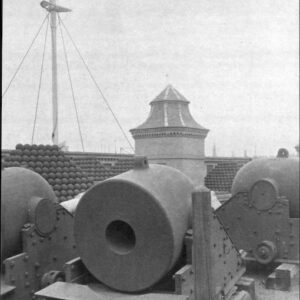
Image ID: AYYA
$0.99 -

Image ID: ARYU
$5.99 -

Image ID: ATBI
$0.99 -
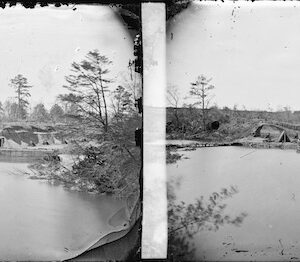
Image ID: ARNF
$5.99 -
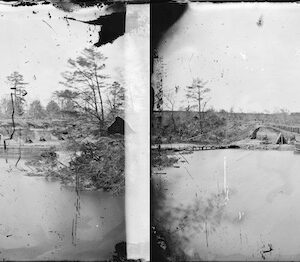
Image ID: ARNW
$5.99 -

Image ID: AMBC
$0.99 -
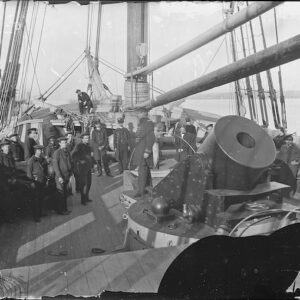
Image ID: AGPZ
$4.99 – $6.99 This product has multiple variants. The options may be chosen on the product page -

Image ID: AMUI
$5.99 -

Image ID: AMUH
$5.99 -
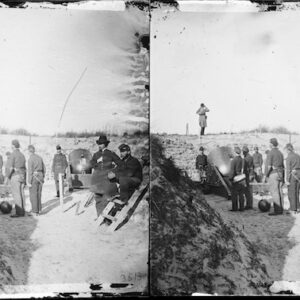
Image ID: ALPG
$6.99 -
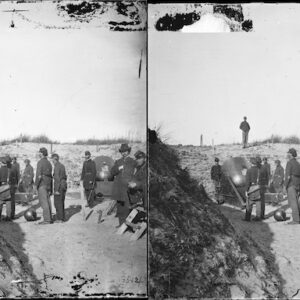
Image ID: ALPH
$6.99 -
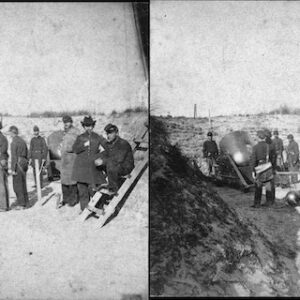
Image ID: ASGM
$5.99 -

Image ID: AJPL
$6.99 -
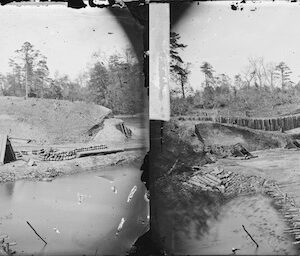
Image ID: ARNG
$5.99 -
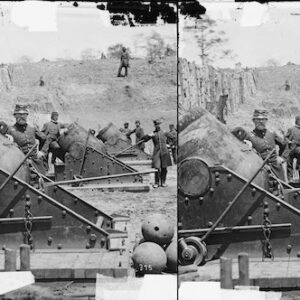
Image ID: AJPM
$6.99